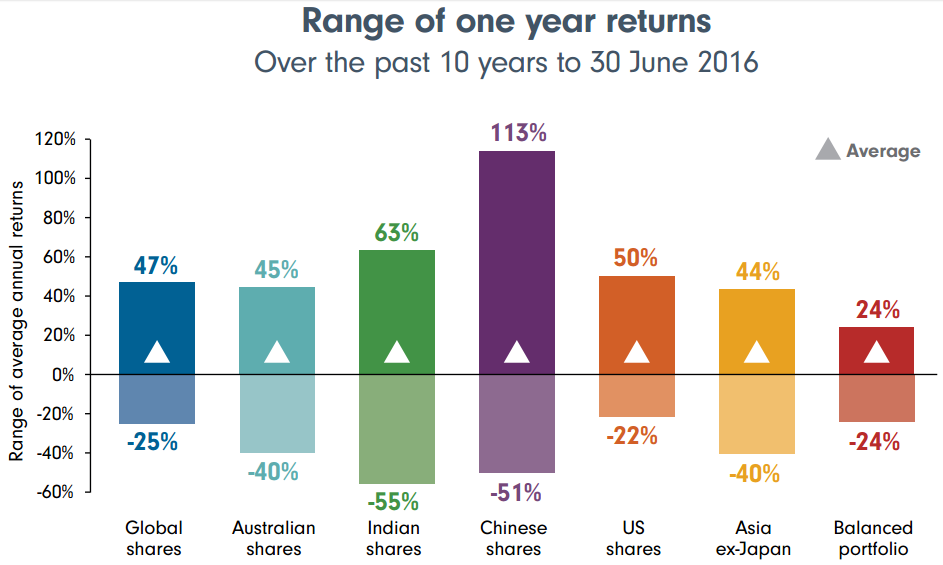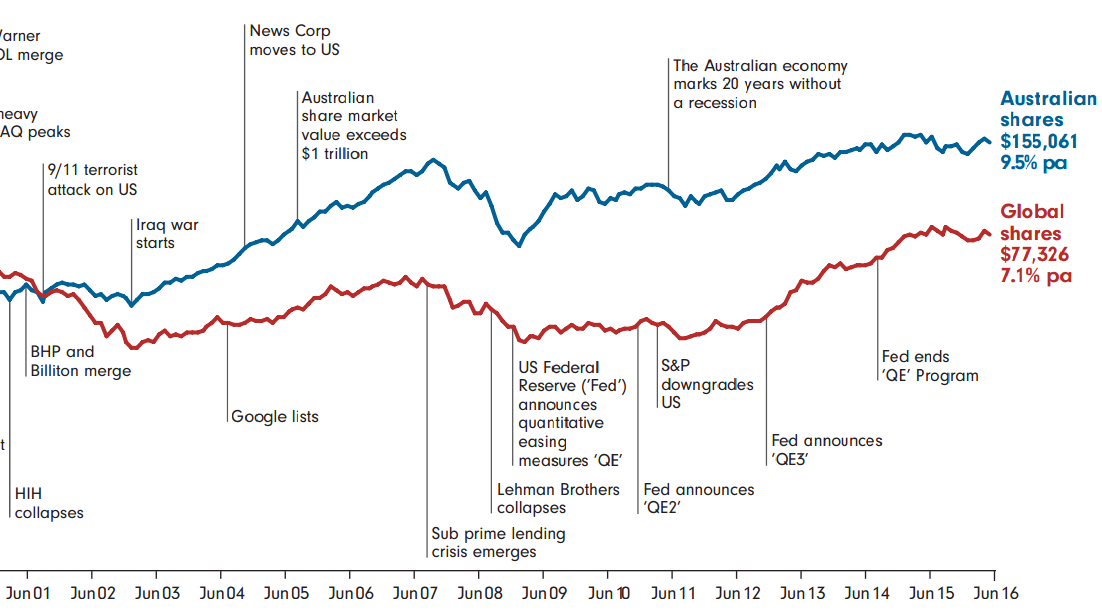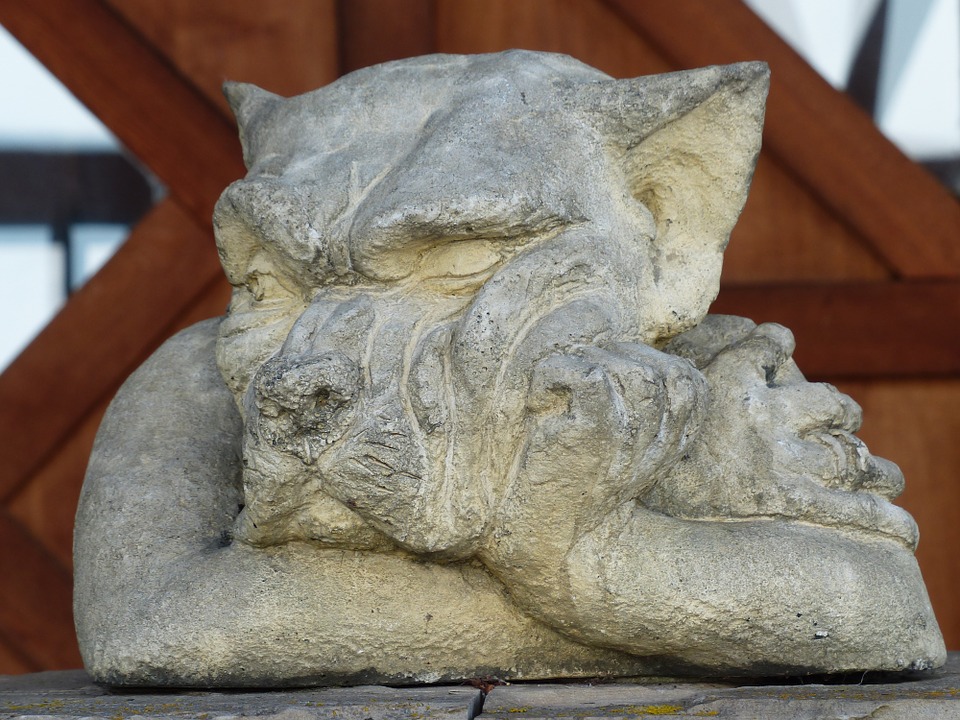 At some stage in your life, if all goes well, you might be on your way to buying a house to live in and starting to think about the next step of your financial future. If you are lucky enough to be an Australian employee, you will already be exposed to the share market through your work-funded compulsory superannuation (thanks Paul Keating!). The compulsory super now stands at 9.5% of your wages. So, you might think that your financial future is all taken care of … But wait, some crackpot naysayer from the ridiculously named Committee for Sustainable Retirement Income says
At some stage in your life, if all goes well, you might be on your way to buying a house to live in and starting to think about the next step of your financial future. If you are lucky enough to be an Australian employee, you will already be exposed to the share market through your work-funded compulsory superannuation (thanks Paul Keating!). The compulsory super now stands at 9.5% of your wages. So, you might think that your financial future is all taken care of … But wait, some crackpot naysayer from the ridiculously named Committee for Sustainable Retirement Income says
“Even after contributing to superannuation at 12% for most of their working life, most retirees will still not meet the comfortable retirement benchmarks.”
Cripes! We had better do something about this … and the more time that you have to work on this, the better!
A good place to start is adding tax-advantaged “salary sacrifice” contributions to your super. This is a great idea if you are in the last 10-15 years of your working life, but the downside is that you will be locking up your savings until you reach your, quaintly termed, “Preservation Age” – the age when you you will be able to access your super.
If you were born after 30 June 1964, the preservation age is 60 … and, If I was 20-30, I would think that this is too long away off to worry about – It is a long time to lock up your money! Also, one of the few things that you can guarantee is that future governments will gradually increase the preservation (and pension) age.
So, what can we do to fortify our financial future – The only easily accessible games in town are
- Money in the Bank (Online of course!)
- Bonds (or Fixed Interest)
- Residential Property
- Shares
The latter two are generally what I would consider to be growth (above inflation) assets and, although there are risks involved with each, to be serious about growing your money, you must get involved with one or the other, or both!
Through your home or compulsory superannuation you might already be a little invested in each of these asset classes and might be looking for new opportunities.
A flick through the paper will show you some great opportunities – Investment seminars conducted by self-made millionaires who, for a small fee, would be willing to impart the secrets of their financial success. In this case, Slack Investor would take the advice of ASIC on their MoneySmart site and show great caution.
ASIC suggests seeking independent advice before investing in any such scheme. Slack Investor suggests that you first educate yourself in these matters – and then avoid these seminars like the plague. My Dad would suggest you ask the question – “What are they selling?”
After all these suggestions, Slack Investor is pooped, stay tuned for the next instalment on this exciting episode as we explore further the shares vs property dilemma.









